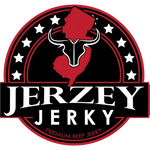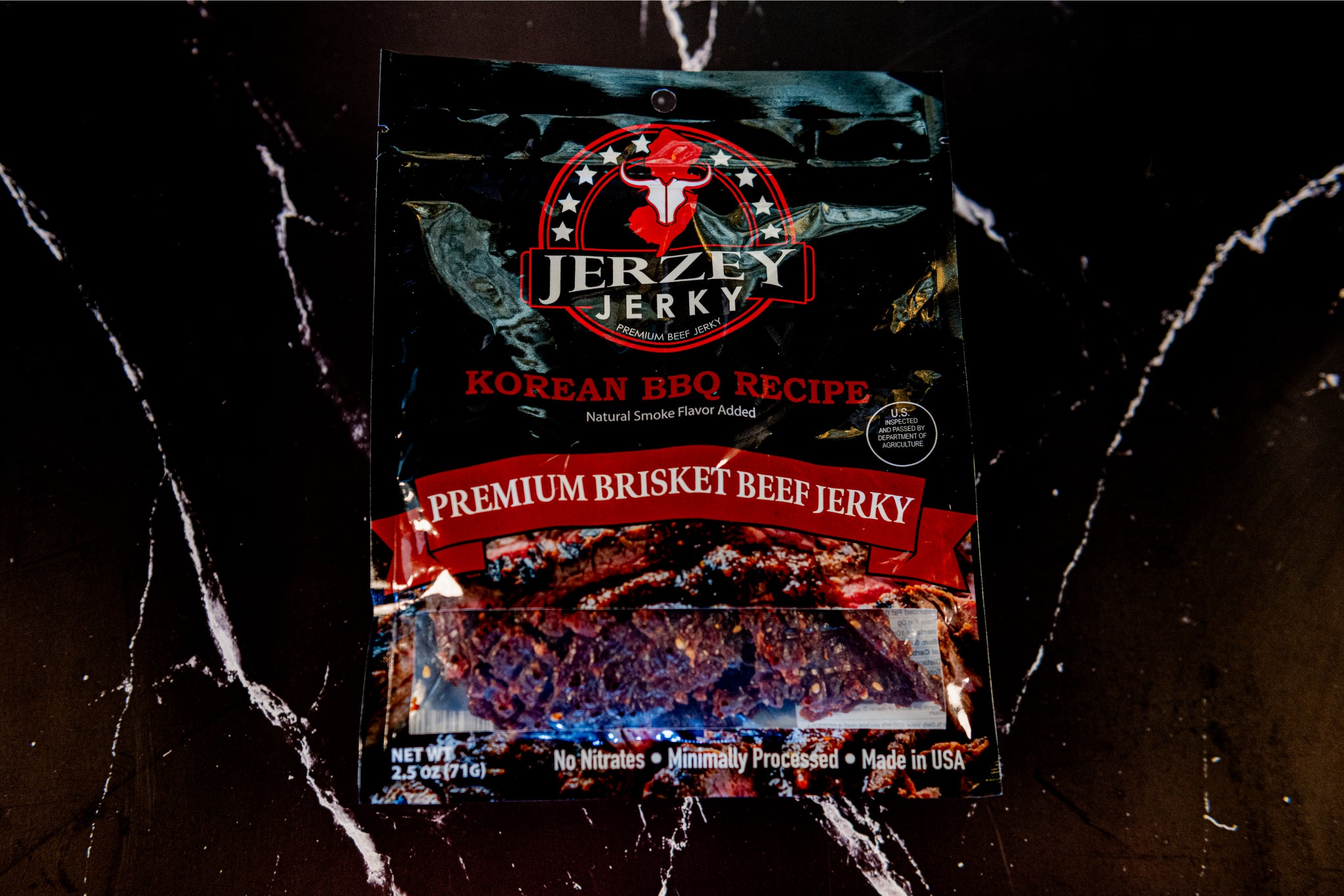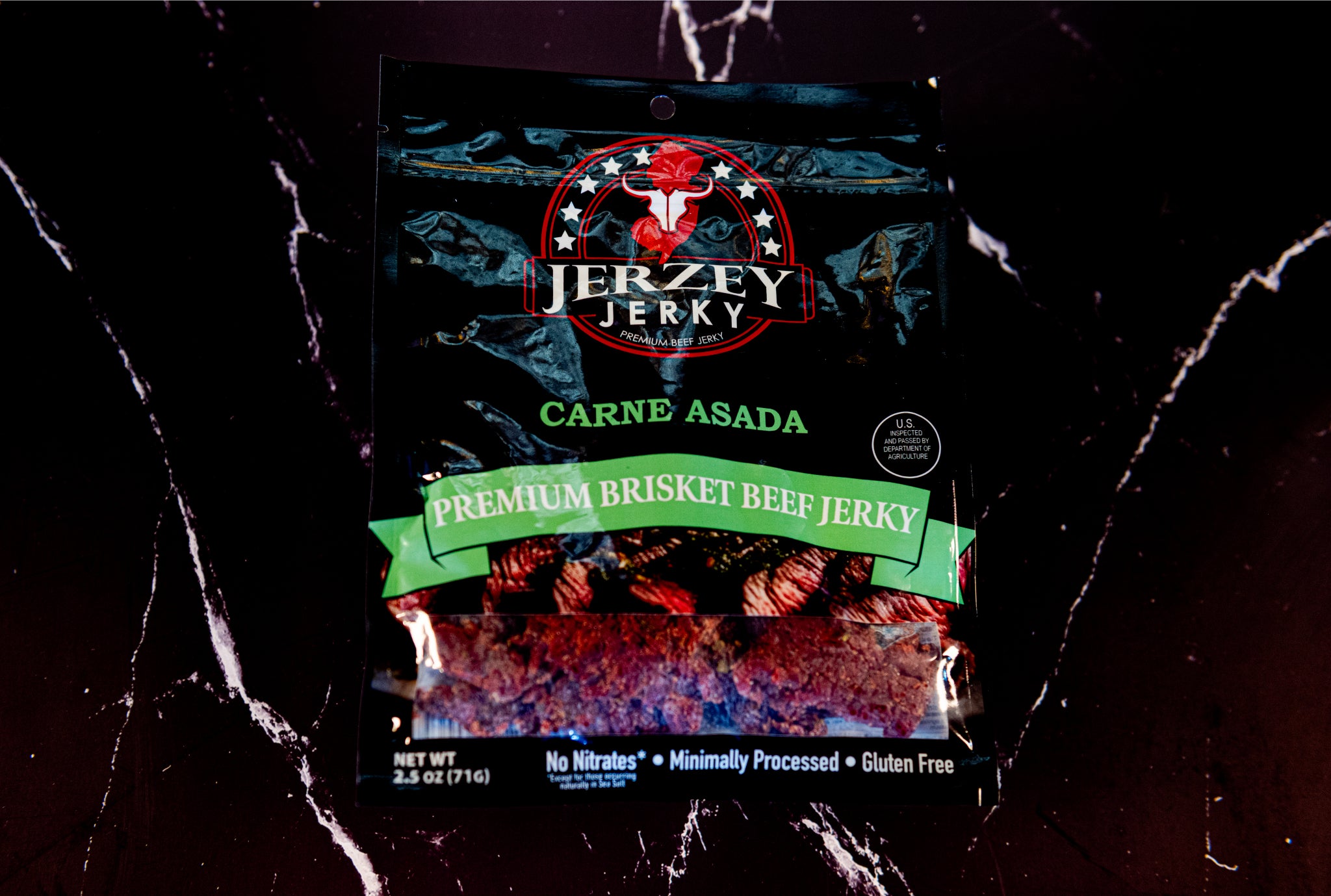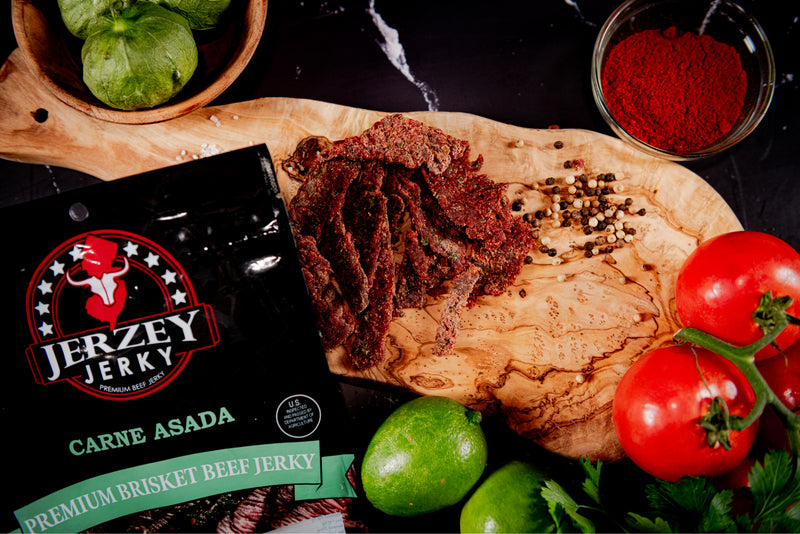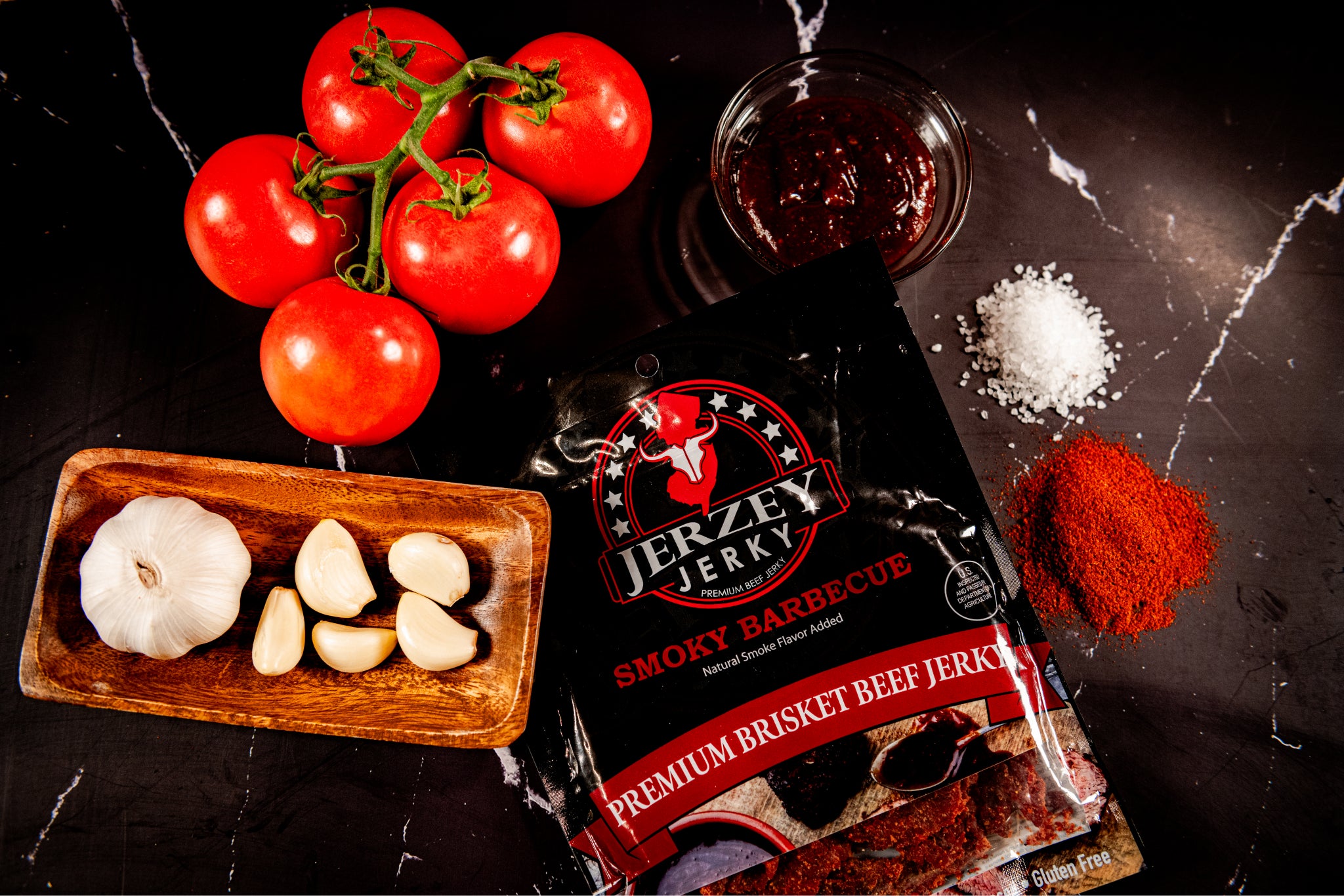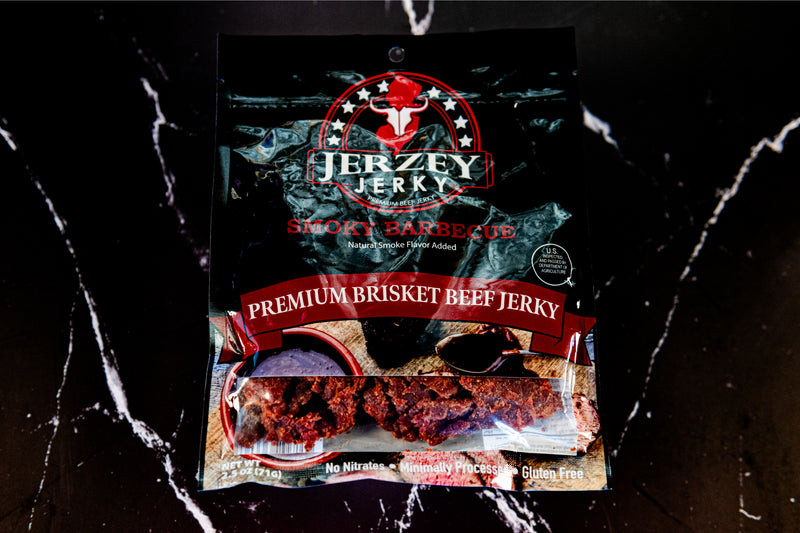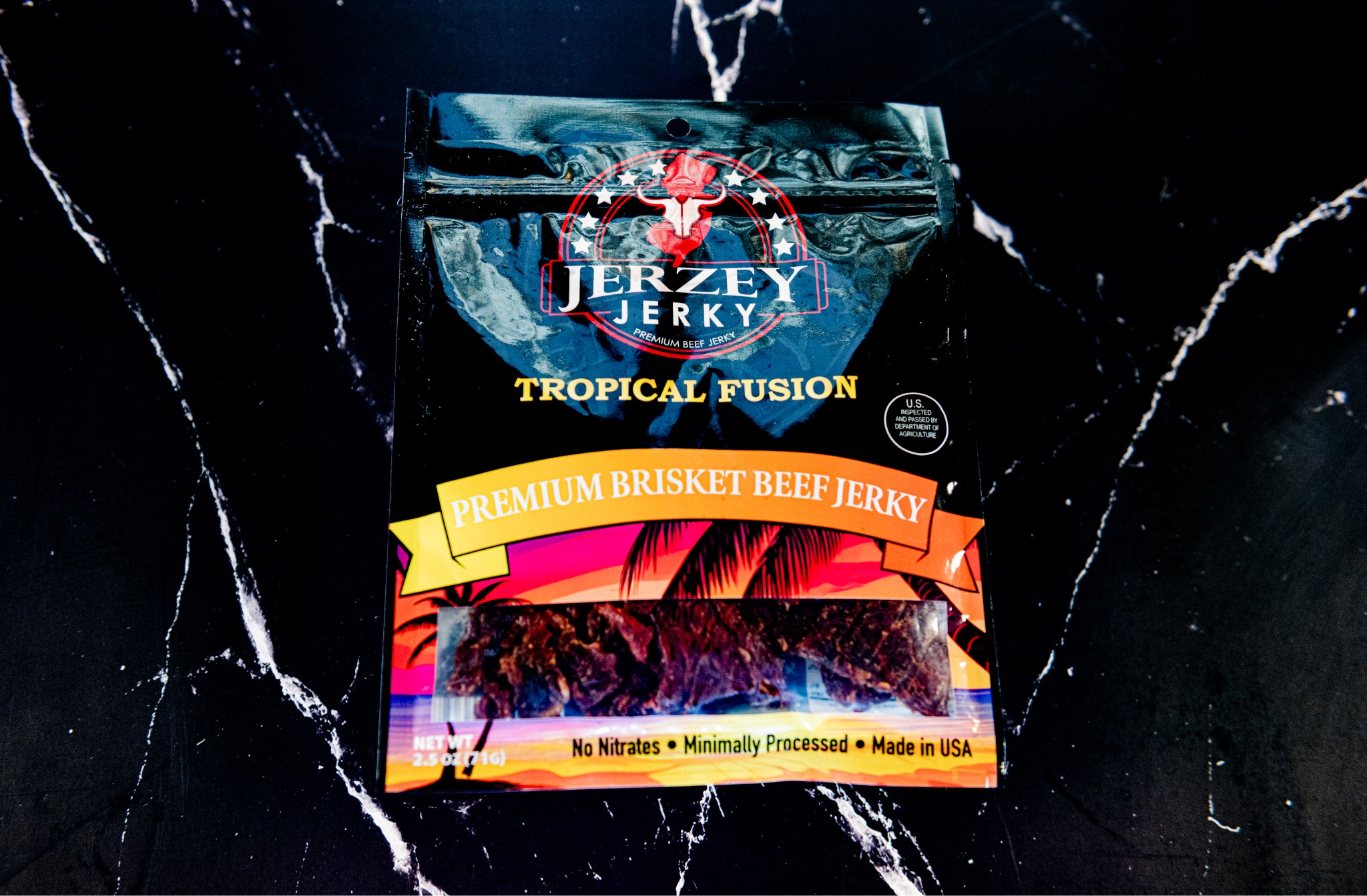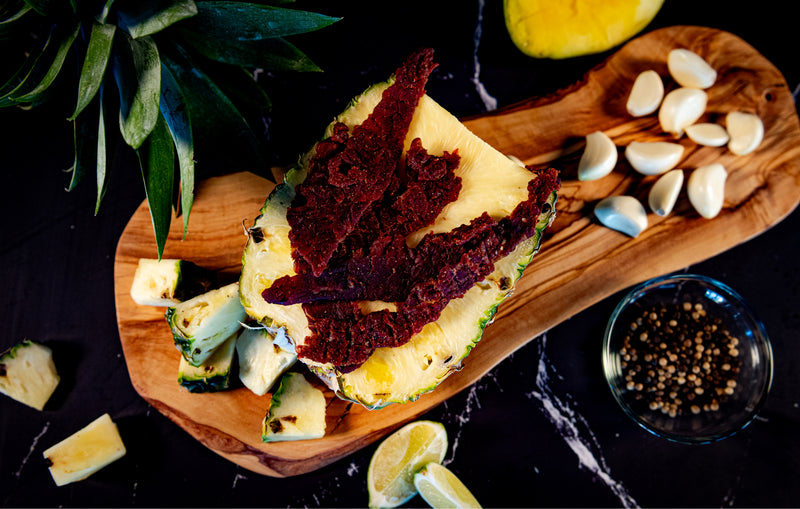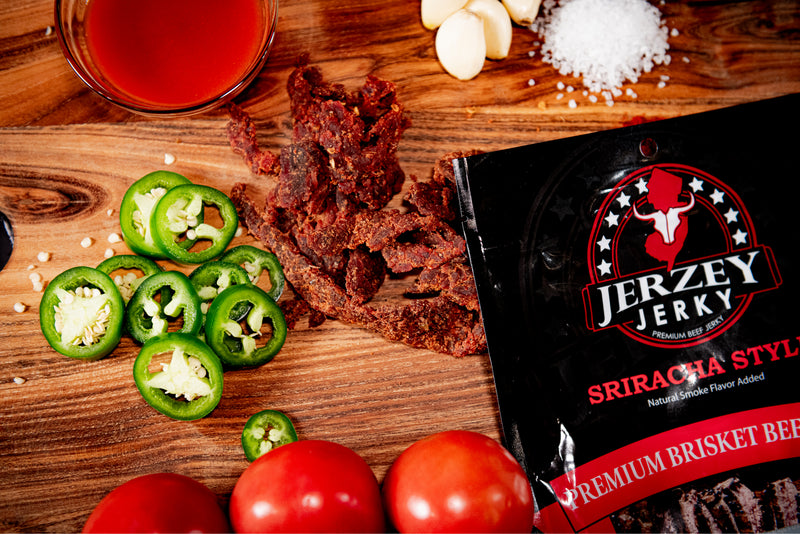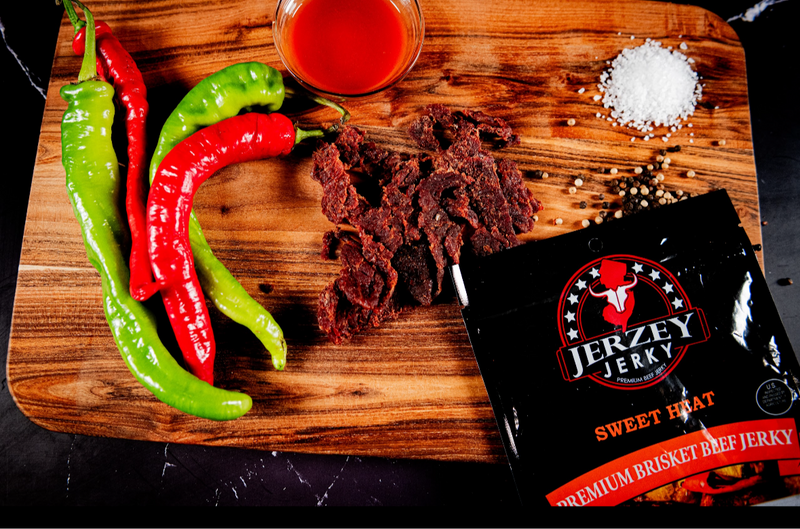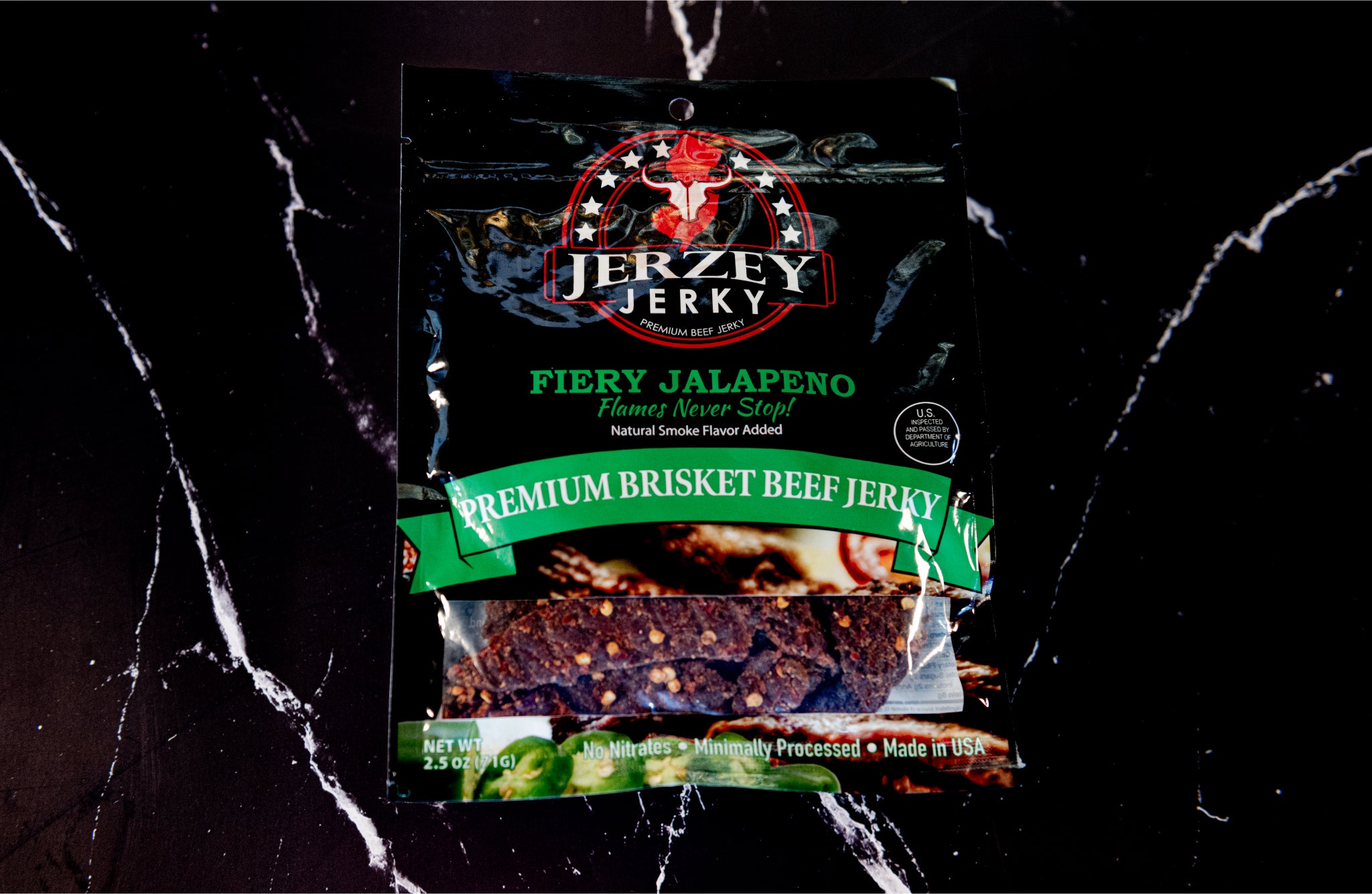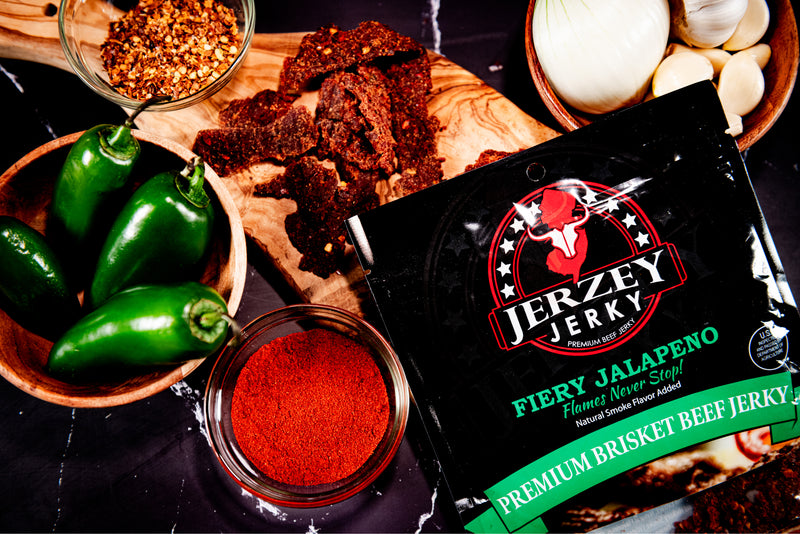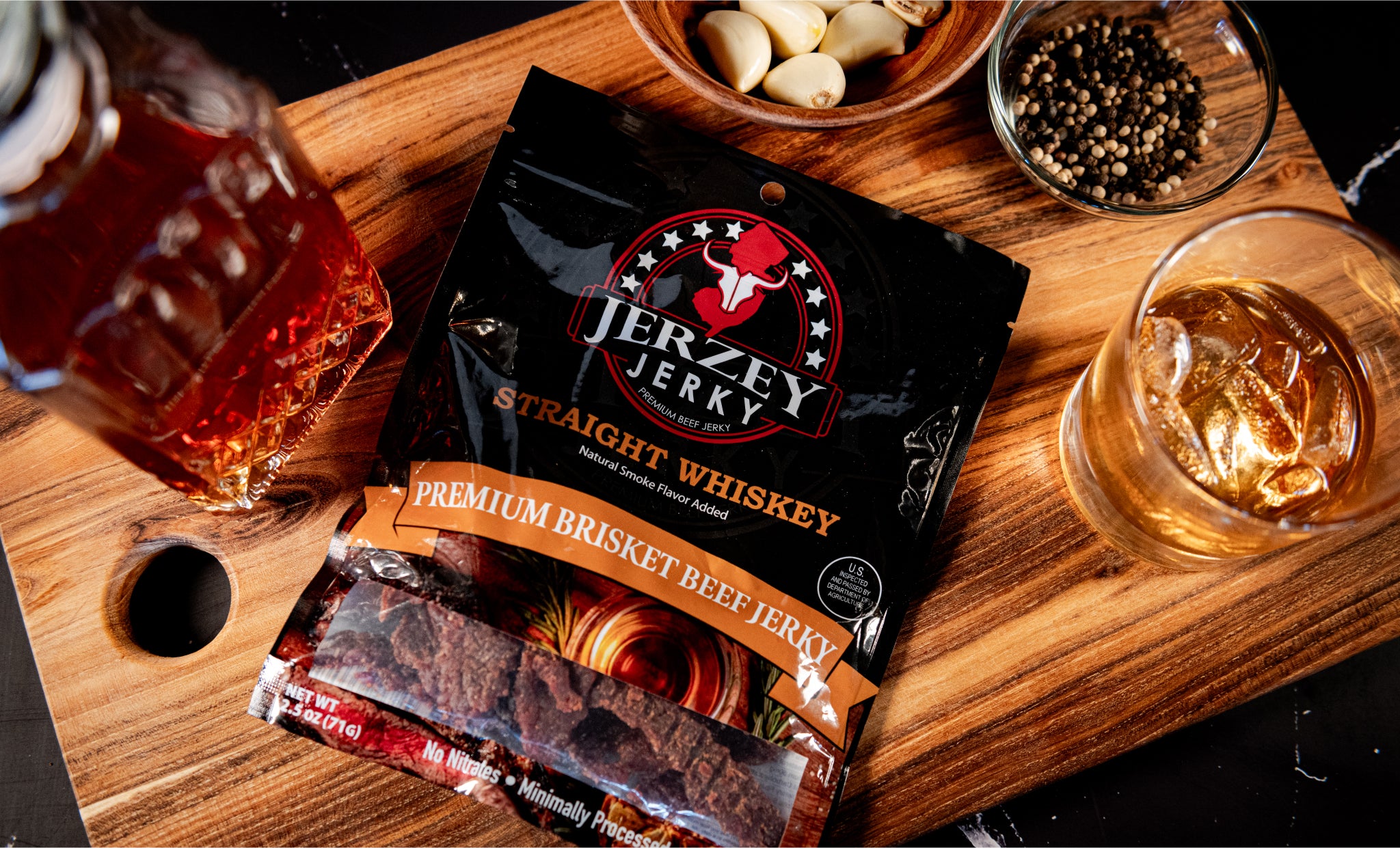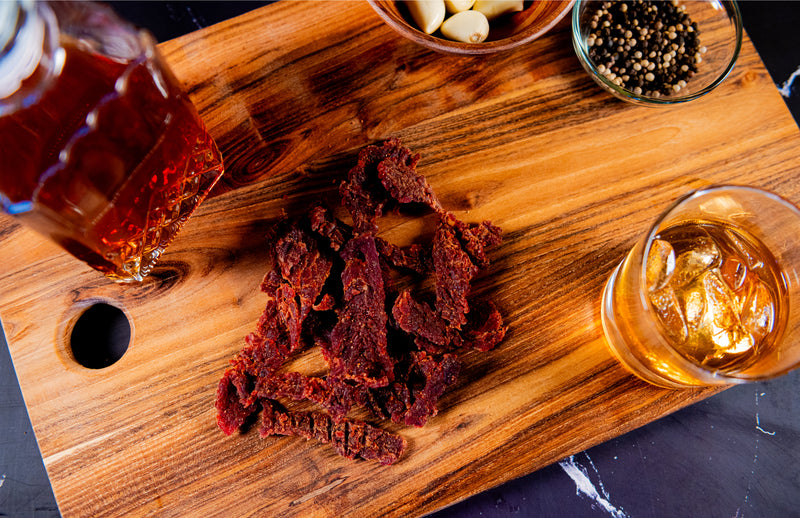
Wet Aged Beef: Characteristics, Nutritional Value & How to Identify
Wet aged beef is vacuum-sealed and stored at 0-3 °C for 7 to 28 days. This step allows the natural enzymes to break down the muscle fibers, resulting in enhanced tenderness while retaining moisture. It remains juicy because of the sealed container.
According to a 2020 study conducted at the Texas Tech University Meat Science Department, wet aging for 21 days makes beef 23% more tender. The vacuum seal keeps out oxygen, keeping the flavor fresher than dry aged varieties.
Wet aged beef is still more popular than dry-aged as it costs 30-40% less. The packaging also minimizes weight loss, retaining most of the original mass of the meat in its packaging.
Wet aged beef can be identified by vacuum packaging, dark red color, and lack of surface mold. It feels firm and moist. Dry aged beef is drier and nutty in smell, which is absent in wet aged beef.
What is the Nutritional Value of Wet Aged Beef?
Here are five nutritional points that show why wet aged beef is both delicious and nutritious:
- Calories: Wet aged beef contains approximately 250 calories per 100 grams. The vacuum seal preserves natural juiciness so calorie content is comparable to fresh-cut beef. Moisture retention prevents any loss of calories during the aging process.
- Protein: It has approximately 26g of complete protein per 100g of protein. These proteins help in repairing the muscles and growing the cells and keep the body strong. Wet aging also does not cause changes in the protein composition, thus it is suitable for diets containing larger amounts of protein.
- Fat Content: Fat content varies with the cut. Sirloin has about 13g of fat, whereas a ribeye has around 20g. Wet aging retains the intramuscular fat (marbling) which is flavorful without modifying fat levels.
- Vitamins & Minerals: Beef is a good source of B12, niacin, B6, iron, zinc, and phosphorus. These vitamins particularly aid the body in producing red blood cells, maintaining brain health and enhancing the way the body utilizes energy. Sealed packaging helps to store these elements.
- Health Benefits: Wet aged beef is easy to chew, delicious, and also provides nutrients such as protein and iron. Lean cuts have healthy fat-producing qualities but still provide stiffness and strength during everyday activities.
Shop the best-selling Fiery Jalapeno Beef Jerky - Brisket & Straight Whiskey Beef Jerky - Brisket
What are the Characteristics of Wet Aged Beef?
Here are four easily recognizable signs of wet aged beef:
- Texture: Wet aged beef has a soft, tender texture because natural enzymes work slowly to break down muscle fibers. Moisture is sealed inside vacuum-packing, which maintains a juicy, smooth, succulent mouthfeel throughout.
- Flavor Profile: The taste remains mild, clean, and glimmering. It does not develop the rich umami flavor of dry-aged beef. Vacuum packaging avoids oxidation and the meat maintains its natural beef flavor through aging.
- Appearance: Wet aged beef looks bright red and has a lavish look. Airtight packaging locks in the moisture. Unlike dry aged, there is no mold or dry crust on it, leaving a fresher and prettier appearance.
- Aging Duration: Wet aging takes from 7 to 28 days. Most incisions are optimally soft by day 21. The enclosed bag delays spoilage, giving the enzymes more working time before losing freshness, flavor, or safe texture in the aging process.
How to Identify Wet Aged Beef?
There are four basic methods to determine wet aged beef:
- Packaging: vacuum-sealed beef in plastic is always wet aged. This is an airtight package that avoids air exposure. It preserves the meat tender when aging, as compared to dry aged beef which is unpacked or loosely packed.
- Color: The beef is bright red in color. The absence of oxygen in the vacuum bag inhibits browning or darkening. This reddish look is what makes wet aged beef special compared to dry-aged beef, that tend to be dark or brownish on the surface.
- Smell: Aged beef has a clean, but metallic smell of wetness. It does not have the earthy, nutty taste of dry aged beef. The closed setting makes the smell so fresh and close to the raw beef without an overwhelming or spicy smell.
- Labeling: The beef is usually labeled in packaging as Wet Aged. It is sometimes sold as fresh beef with no special emphasis. Vacuum sealing and freshness checking assure a knowledge of wet aging when it is not required in the labels.
How is Wet Aged Beef Made?
These are the four primary stages in the wet aging process:
- Vacuum Sealing: The beef cuts are tightly wrapped in plastic vacuum bags. This antiseptic package keeps out oxygen, moisture and it keeps off contamination as it ages. This preserves the meat and makes it juicy.
- Refrigeration: Sealed beef is kept under regulated cold temperatures, mostly between 0 °C to 3 °C. This retards bacterial growth and enzyme action, and permits safe and efficient aging over many weeks without spoilage.
- Enzyme Breakdown: The meat contains natural enzymes that break down muscle fibers. It is an enzymatic process that makes the beef tender, and easier to chew; this enhances the texture of the beef without dehydrating it.
- No Moisture Loss: In contrast to dry aging, all natural juices remain in the vacuum pack during wet aging. The air-tight environment prevents evaporation and thus the meat remains moist and juicy retaining its weight and fresh texture.
What are the Buying & Storage Tips for Wet Aged Beef?
These are four tips to make wet aged beef a better choice and ensure its proper storage:
- Selection: Select beef wrapped in vacuum packaging with no air holes. The meat is supposed to appear solid and red. Do not use overly liquid packs or packaging that is puffed up; it indicates poor handling.
- Shelf Life: This is because wet aged beef can be kept sealed and refrigerated (0 -3 °C) to a maximum of 21 days. Once you open the package, cook the meat in 2 to 3 days to keep the meat fresh and prevent the development of the bacteria.
- Freezing: Wet aged beef also seals well under vacuum without drying out or losing flavor. Put it in the freezer with a tight cover. Frozen pieces can take 6-12 months to maintain freshness when the temperatures are kept at -18 °C or below.
- Preparation: Prior to cooking, place the beef out of the package and dry it off with a clean towel. Having a dry surface can create a good sear, enhance browning, and preserve flavor in the process of cooking.
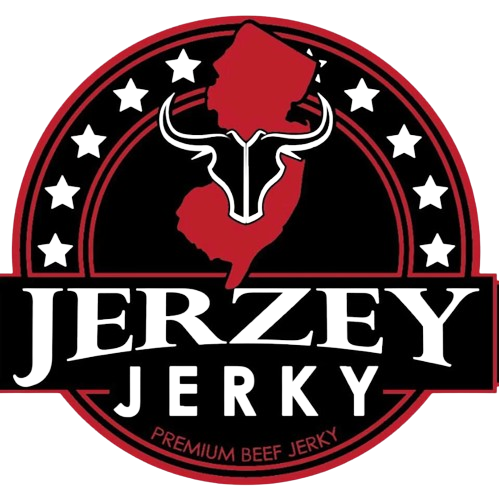
 2025-09-11
2025-09-11
 Wayne Holland
Wayne Holland

